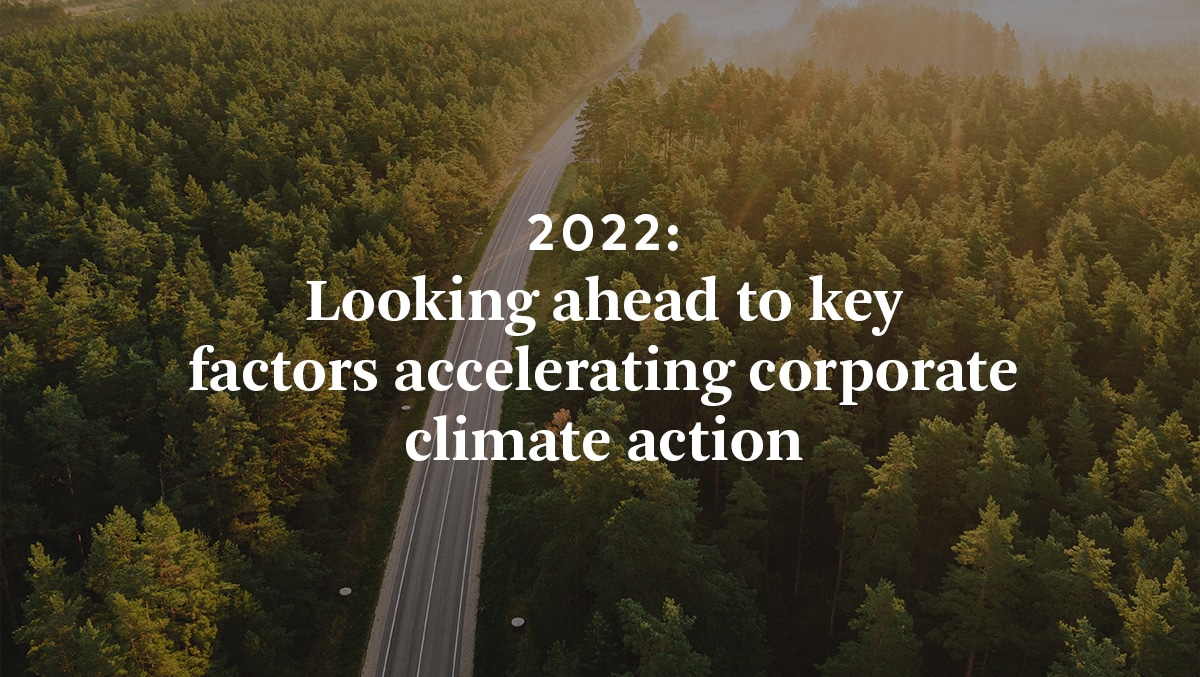
It’s 2022. We’re two years into this decade, and it’s a critical time for the world as we accelerate action to mitigate the most disastrous effects of climate change. Time is running short. Time also has a tricky way of getting away from us (as this already turbulent decade has shown us); and as I look at the year ahead and beyond, I’m thinking about what matters most. What are the tangible actions that need to happen, now, today, to make the most positive impact on climate change?
At 3Degrees, we help businesses and their customers take urgent action on climate change. So, I’m thinking about how we can help more businesses take more urgent and impactful action to reduce emissions. To that end, I’d like to share three specific areas where our team is honing in to help accelerate corporate climate action in the year ahead.
Higher standards demand sophisticated solutions
Organizations around the world are increasingly pursuing more aggressive emission reduction goals. Many companies whose initial commitments focused on addressing Scope 2 emissions are now elevating their ambitions to match the urgency of the climate crisis. They are setting net zero goals or science-based targets that address a wider range of climate impacts, and are therefore seeking more comprehensive climate solutions.
In 3Degrees’ work with our customers, we’ve found that more robust decarbonization goals demand a more holistic approach and sophisticated solutions. From a thoughtful combination of human partnership and bespoke advice, to a broader suite of solutions that address all scopes of emissions, customers need and expect more support on their quest to deliver on every detail of their climate commitments. Additionally, technology solutions are becoming mission critical to help manage measurement, monitoring, reporting, and more — especially as companies get deeper into addressing their value chain emissions. I’m excited to leverage the 3Degrees team’s deep bench of experience and advance our technology suite this year to provide important tools to climate leaders to meet their aggressive goals.
Global solutions are needed to address global supply chains
As our customers set more ambitious climate targets, it is not uncommon for them to encounter increasingly complex challenges, particularly with respect to global supply chain emissions in their Scope 3 footprint. As organizations commit to these goals, they are looking for additional support and guidance on topics ranging from setting effective supplier engagement strategies, to understanding the market-specific tools available to implement these strategies for their transnational business operations.
As organizations embark on this journey to address their global emissions footprint, and encounter larger, more complex questions along the way, they need the support of an experienced global advisor more than ever before. At 3Degrees, our teams are scaling to support this increased need, building on our experience working in 80+ countries to pursue more innovative and impactful global solutions that meet the moment, as well as staying close to market-specific regulatory and policy shifts that can impact execution of climate plans.
Thousands join the movement for corporate climate action
Climate leaders are not the only ones pursuing accelerated climate action. The urgency of the climate crisis has also spurred a wave of new companies that are both setting initial goals and strengthening existing decarbonization commitments. For example, the number of RE100 member companies has more than doubled since 2019, and a record 6,000+ companies reported to CDP in 2021. And we know there are many more working to get there.
As thousands of companies get started on the path to reduce emissions, they’ll need more education and guidance to enable them to make a positive impact quickly, often with more limited resources and knowledge. Increasingly, companies are starting to treat their carbon emissions like they treat their taxes — calculable, auditable, and their responsibility. And similar to managing taxes, managing emissions reductions is a complex and opaque subject matter that is best left to expert partners. Our team at 3Degrees will be at the ready to meet these customers where they are on their sustainability journey and provide them with the necessary support, information, and decarbonization options to help them meet their goals.
I want to make one final, important point as we forge ahead into the new year: amid growing momentum toward climate action, my team and I have been reflecting and educating ourselves about our role in advancing a Just Transition to the low-carbon future. Traditionally marginalized groups are disproportionately affected by climate change, and not all climate solutions deliver benefits in an equitable way. 3Degrees is committed to integrating the principles of a Just Transition in the products and services we deliver, and are pursuing further focus here as we build for the future.
My hope is that we’ll look back on 2022 as the year of accelerated action and thoughtful impact in the global fight against climate change.


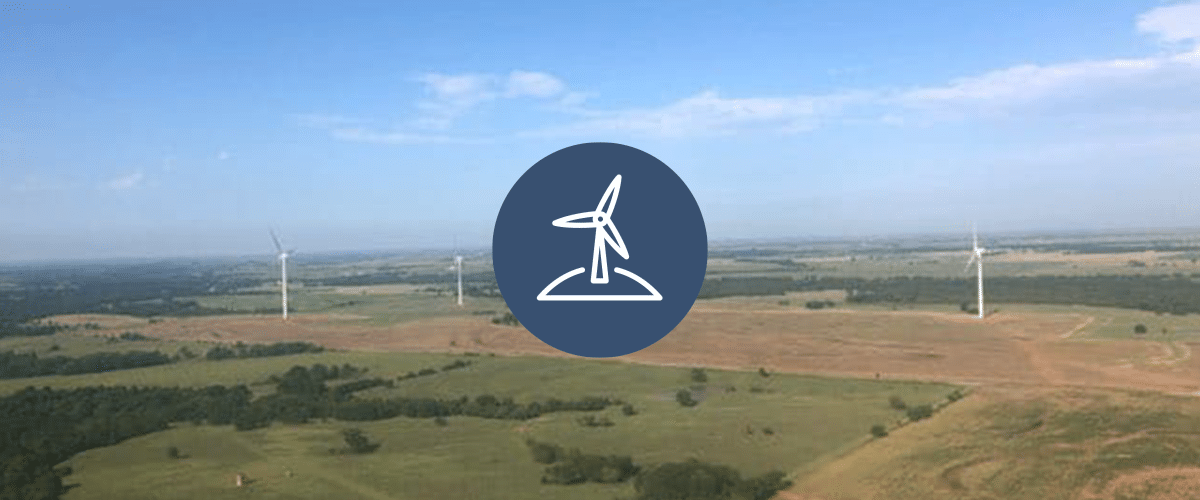
 The Oklahoma wind industry continues to steadily grow each year, and remains a leader in North American renewable energy resources. Once a leader in United States’ oil production, Oklahoma now ranks second in the nation for total wind energy generation. Armadillo Flats is a 247.3 MW wind farm located an hour north of Oklahoma City. The wind project is operated by NextEra Energy, and involves agreements from 300 landowners to open up the area to renewable energy production.
The Oklahoma wind industry continues to steadily grow each year, and remains a leader in North American renewable energy resources. Once a leader in United States’ oil production, Oklahoma now ranks second in the nation for total wind energy generation. Armadillo Flats is a 247.3 MW wind farm located an hour north of Oklahoma City. The wind project is operated by NextEra Energy, and involves agreements from 300 landowners to open up the area to renewable energy production.


 Located in central Montana, South Peak is a 80 MW wind farm that sells power to NorthWestern Energy, an arrangement that was defined in a 15-year power purchase contract. Allete Clean Energy developed the project, which comprises 29 General Electric wind turbines. Energy generated from South Peak Wind Farm is enough to power about 35,000 homes. Once heavily reliant on coal- and gas-generated electricity, Montana is now a leader in renewable energy generation in the United States; however, the state still has room for improvement. According to the National Renewable Energy Laboratory, Montana is ranked fifth for potential onshore wind power, although it currently ranks 24th in the nation for actual installed capacity, with a total of 720 MW of wind energy.
Located in central Montana, South Peak is a 80 MW wind farm that sells power to NorthWestern Energy, an arrangement that was defined in a 15-year power purchase contract. Allete Clean Energy developed the project, which comprises 29 General Electric wind turbines. Energy generated from South Peak Wind Farm is enough to power about 35,000 homes. Once heavily reliant on coal- and gas-generated electricity, Montana is now a leader in renewable energy generation in the United States; however, the state still has room for improvement. According to the National Renewable Energy Laboratory, Montana is ranked fifth for potential onshore wind power, although it currently ranks 24th in the nation for actual installed capacity, with a total of 720 MW of wind energy.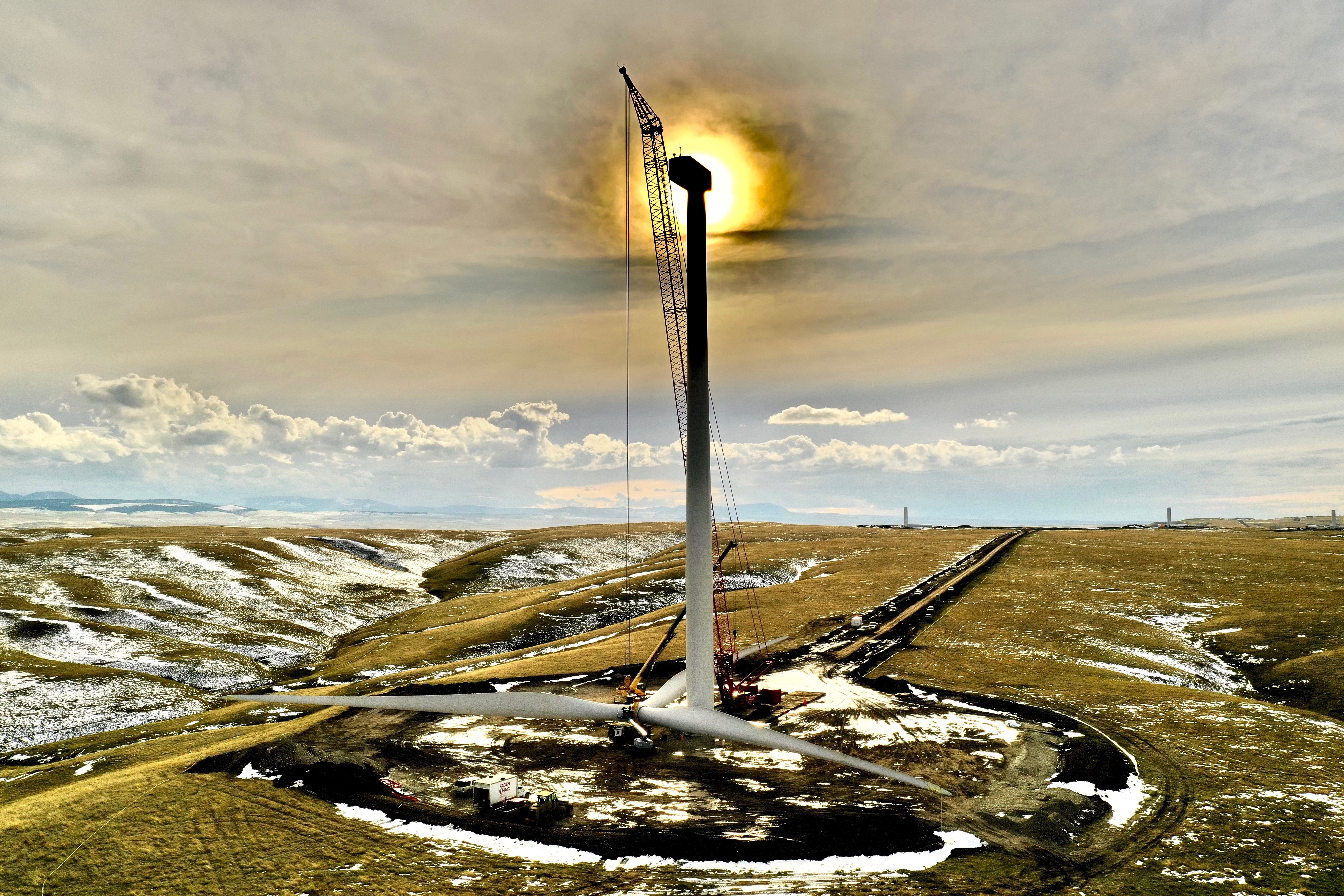
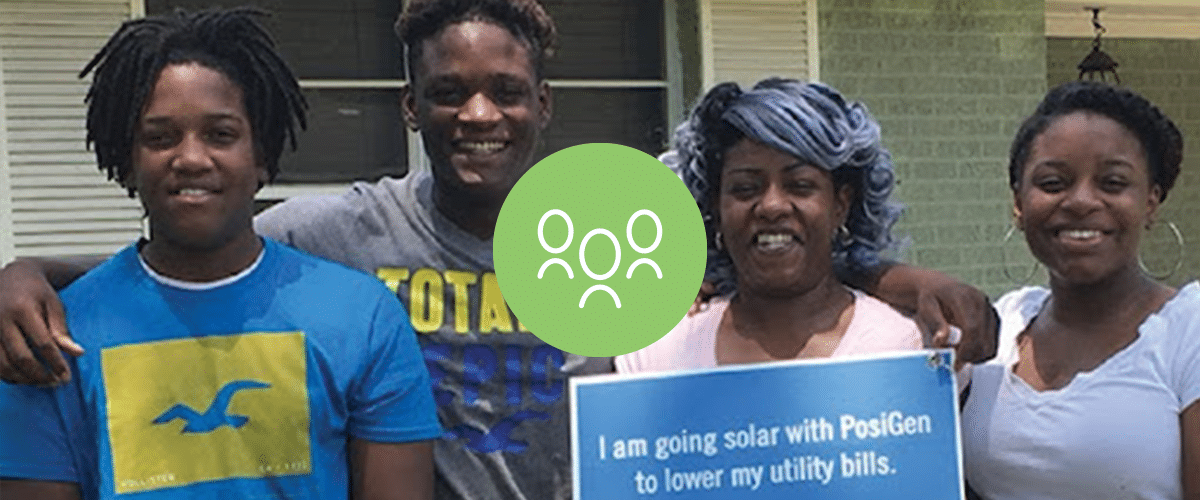
 In the wake of Hurricane Katrina’s devastation, New Orleans sought to rebuild; they endeavored to make their homes more efficient, affordable and more resistant to future storm destruction. PosiGen Solar saw the disparity of support and relief programs for low-to-moderate income (LMI) communities and found an opportunity to change the equation by partnering with Greater New Orleans Housing Association and Solar Alternatives to implement solar power for all. Its mission is to make solar affordable and accessible to everyone, particularly (LMI) communities and communities of color. They offer clean energy solutions to 100% of solar feasible homes and small business owners through city and community supported outreach and education.
In the wake of Hurricane Katrina’s devastation, New Orleans sought to rebuild; they endeavored to make their homes more efficient, affordable and more resistant to future storm destruction. PosiGen Solar saw the disparity of support and relief programs for low-to-moderate income (LMI) communities and found an opportunity to change the equation by partnering with Greater New Orleans Housing Association and Solar Alternatives to implement solar power for all. Its mission is to make solar affordable and accessible to everyone, particularly (LMI) communities and communities of color. They offer clean energy solutions to 100% of solar feasible homes and small business owners through city and community supported outreach and education.
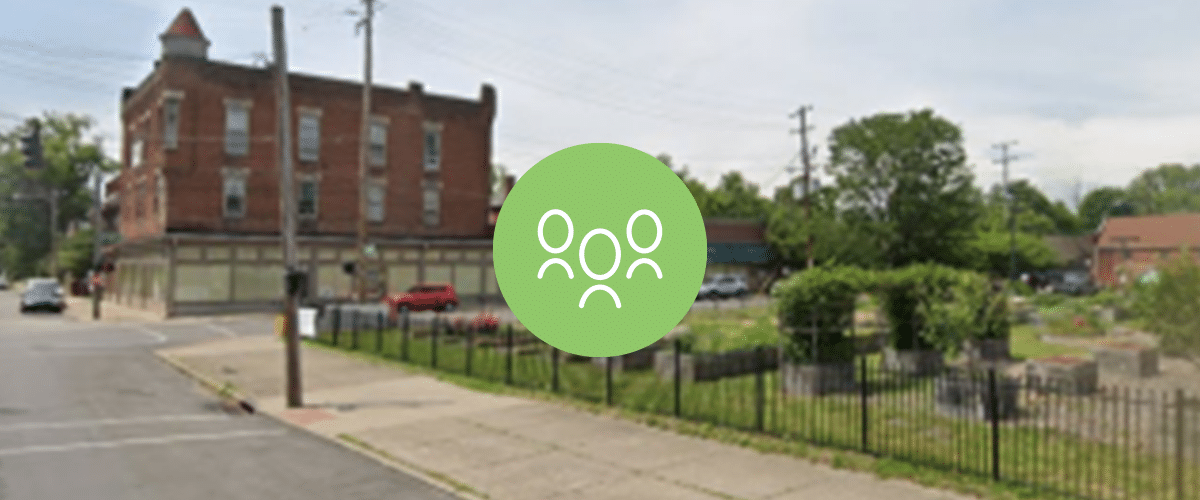

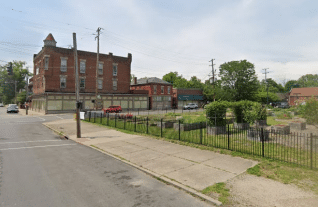
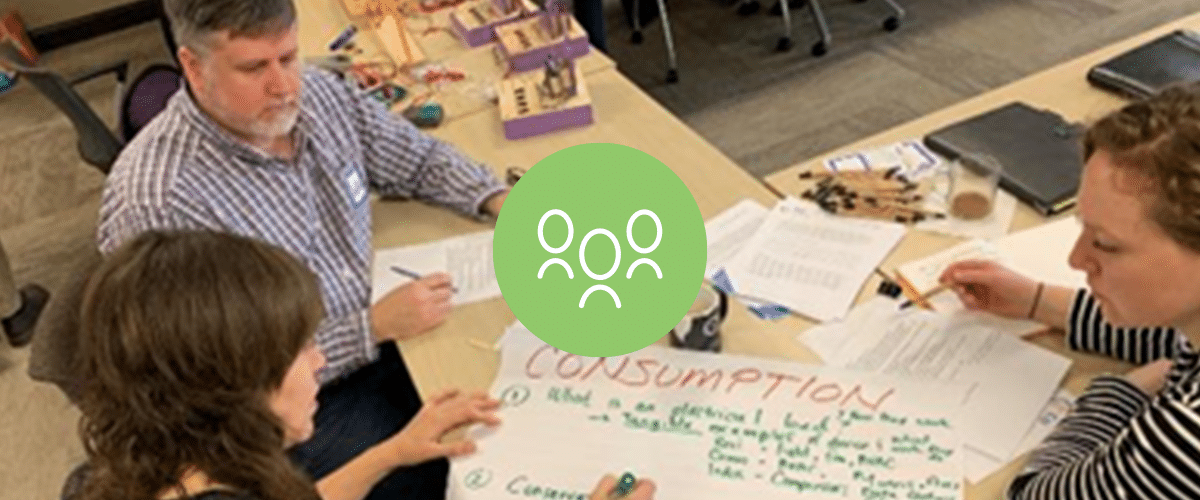

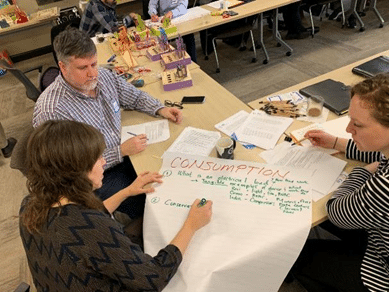
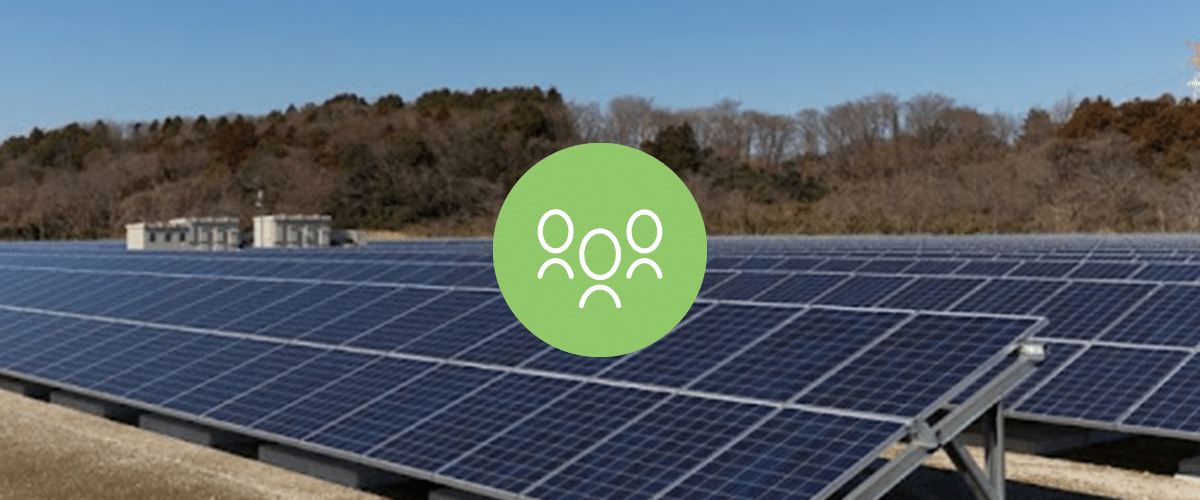



Recent Comments